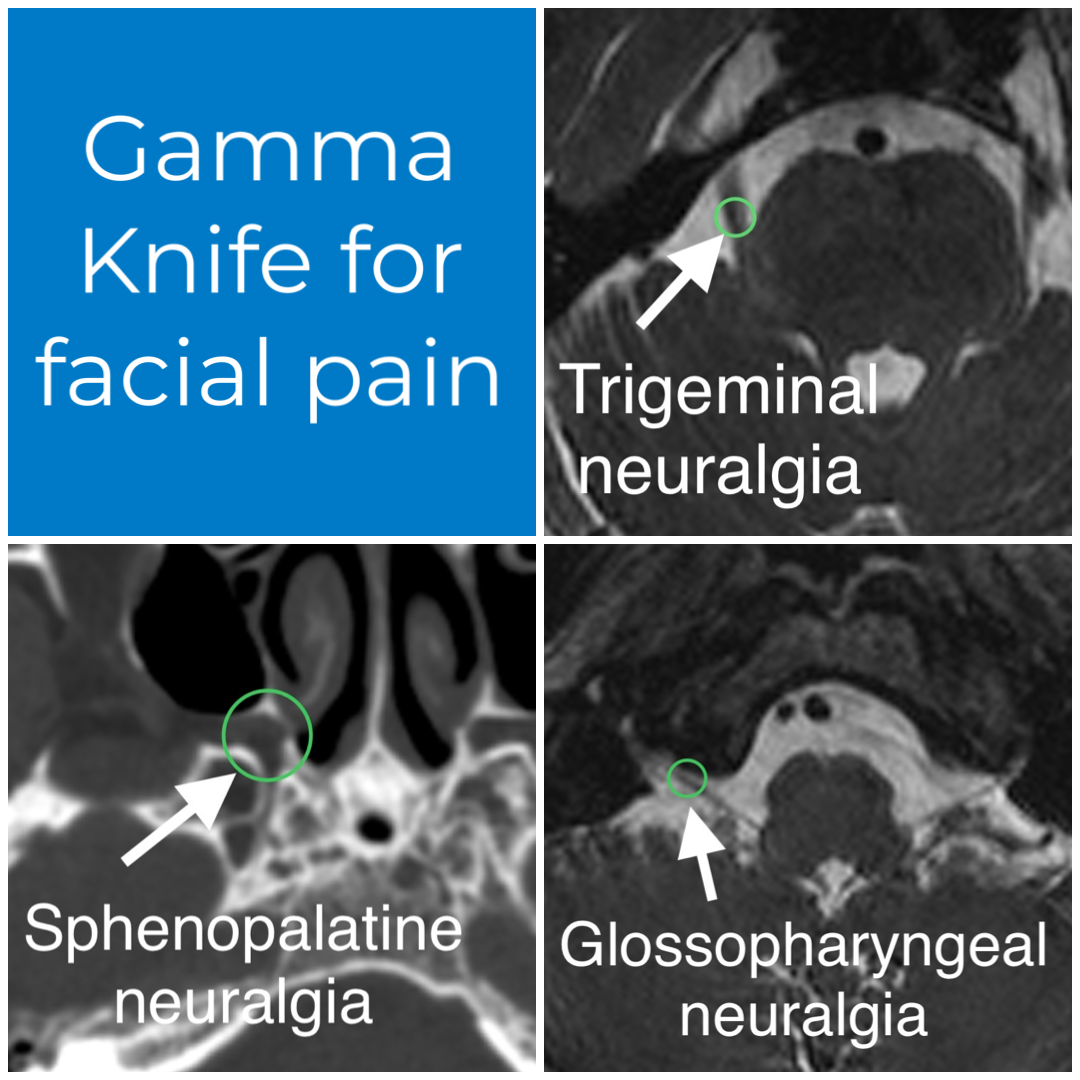Gamma Knife Radiosurgery
Below is general information about Gamma Knife radiosurgery. If you live near Denver and have a condition that might be treated with Gamma Knife, please consider meeting me in consultation to learn about the therapy and your options.
-
Radiosurgery refers to the delivery of focused beams of therapeutic radiation. It is a minimally invasive alternative to open surgery for some neurologic disorders. Radiosurgery does not require an incision or an opening in the skull. Gamma Knife is a safe and popular commercial platform for administering radiosurgery to the brain.
-
The most common uses for Gamma Knife include tumors inside the skull (such as meningiomas, brain metastases, acoustic neuromas, and pituitary tumors), facial pain disorders such as trigeminal neuralgia, essential tremor, and arteriovenous malformations (AVMs) of the brain. For the right patient, it can be an excellent alternative to open surgical procedures like craniotomy - particularly in cases for which open surgery is relatively invasive (e.g. acoustic neuromas, small or deep metastases).
-
Once we decide that radiosurgery is the best choice for you, you will also meet a radiation doctor with whom I perform the procedure.
Gamma Knife is performed as an outpatient, meaning you can go home the same day. You will have an MRI or CT scan in preparation for the procedure. On the day of the procedure, we will apply either a mask or a special frame on your head. The radiation doctor and I will then together create a treatment plan, which we will then administer with the Gamma Knife machine.
The therapy itself is quiet and painless. Many patients take a nap. Once you have completed your treatment, we will remove the mask or frame holding your head in place. You will be monitored and then allowed to return home. Gamma Knife is often performed in a single session (one treatment), but some large brain lesions may require more than one session.
-
Every procedure has risks. Fortunately, Gamma Knife has a long track record of safety, and it is used all over the world. Risks tend to be lower than with open surgery, making it an attractive option for lesions in the brain that are difficult to reach with open surgery and for older patients or those wishing to avoid general anesthesia.
Risks of the radiation therapy depend on the target we are treating in the brain. Rarely, patients can develop symptoms related to swelling of the treatment target or the surrounding brain tissue; these tend to be delayed by several months and can usually be treated with medications. As with other types of surgery, there is also a risk that radiosurgery will not be effective and that another type of treatment might be needed in the future. Overall, the safety profile of Gamma Knife is favorable.
Gamma Knife of the pterygopalatine (sphenopalatine) ganglion in a case of severe facial pain.






